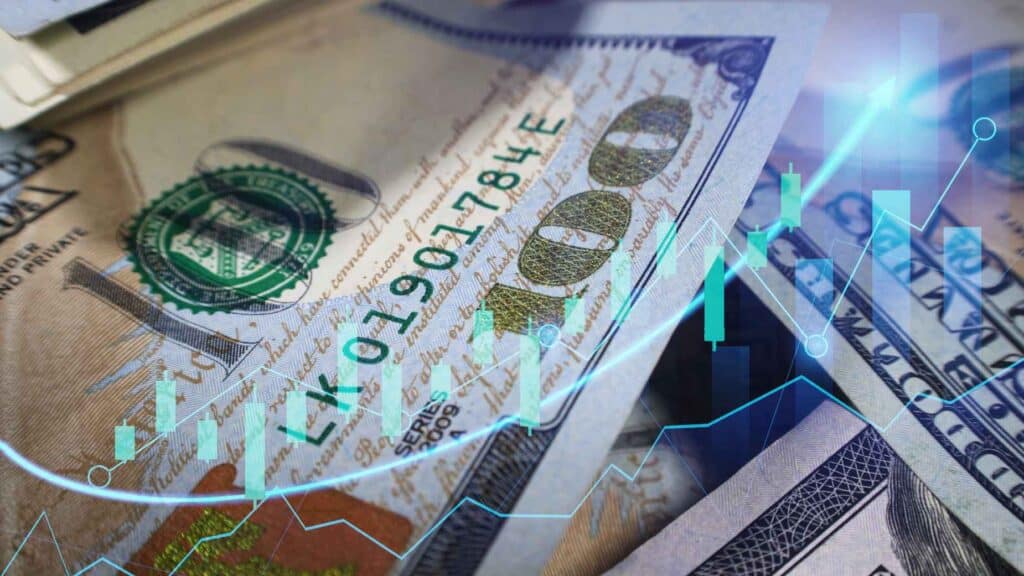The Social Security Administration makes monthly payments to retirees, survivors, disabled people, and SSI beneficiaries. Nonetheless, some Supplemental Security Income (SSI) recipients this year will receive double SSI payments next month. The first SSI payment will arrive on the first day of the month as it is usually scheduled, and the second payment will arrive on November 29th, as the first of December 1st falls on a Sunday. Moreover, it is important to highlight that the SSA launched the SSI program as a financial aid program for low-income seniors over 65, disabled individuals, and children in dire need of money. If you qualify for the Supplemental Security Income (SSI) program, learn more about the next double SSI payments next month here.
Social Security confirmed Double SSI payments for November
The Social Security Administration developed an annual payment schedule so recipients could stay informed about the dates for each program because they had to send over 70 million payments every month. This calendar indicates that, excluding weekends and holidays, SSI recipients always get their checks on the first of the month. All of the forthcoming payment dates, including the double SSI payment in November, are shown below.
| SSI payments | SSI payments date | Advanced payment |
| August | August 1st | August 30th (September 1st) |
| September | – | – |
| October | October 1st | – |
| November | November 1st | November 29th (December 1st) |
| December | – | December 31st (January 1st) |
Remember that if your SSI payment doesn’t arrive on the scheduled date, wait at least three mailing days before contacting Social Security customer service.
Will the SSI payments come with an increase following the COLA announcement for 2025?
Even though the cost of living adjustment (COLA) will be announced by then, SSI payments for November won’t include this new adjustment as it will only become effective in January 2025. Nonetheless, it is important to note that since the first of January falls on a holiday, SSI recipients will get an extra payment on December 31st, which will include the new COLA increase.
Aside from the double SSI payment, other beneficiaries, such as retirees, survivors, and the disabled, receive monthly compensation. However, the SSA considers additional factors and payment methods when delivering compensation. For example, if you qualify for the retirement, survivor, and disability insurance (RSDI) program, you will get payments on the following two conditions:
- If they seek benefits before May 1997, their payments will be mailed on the third of the month.
- If they claimed benefits after May 1997, their payments would be mailed on the following days:
- On the second Wednesday, if they were born between the first and the tenth.
- On the third Wednesday, if they were born between the 11th and 20th.
- On the fourth Wednesday, if they were born between the 21st and 31st.
Which requirements are needed to receive SSI payments in the US?
Since 1935, the Social Security Administration (SSA) has provided monthly benefits to millions of Americans and residents to help cover living expenses and save for retirement, based on eligibility standards. The federal agency calculates monthly payments for beneficiaries based on their circumstances, full retirement age, work history, disability type, and Social Security contributions. Benefits are also determined by resources, income, and application category, helping determine eligibility and the exact monthly amount each beneficiary can receive.
For example, all SSI beneficiaries who apply as singles and match the qualifying criteria might get up to $943 per month, while couples could receive up to $1,415 each month. Individuals who meet the Essential Person (EP) requirements may get an additional $472 reward. Beneficiaries of this program should be informed that the goal of these payments is to provide basic subsistence for persons who have contributed to the Social Security system while working. Finally, keep in mind that each beneficiary may be eligible for various payments.

